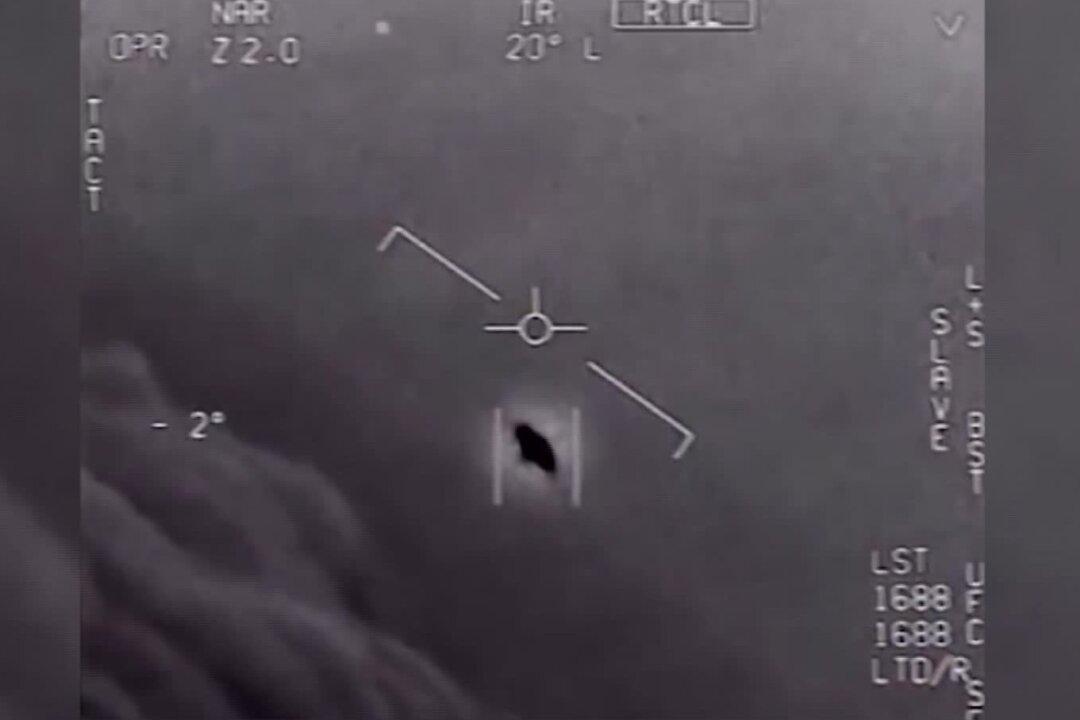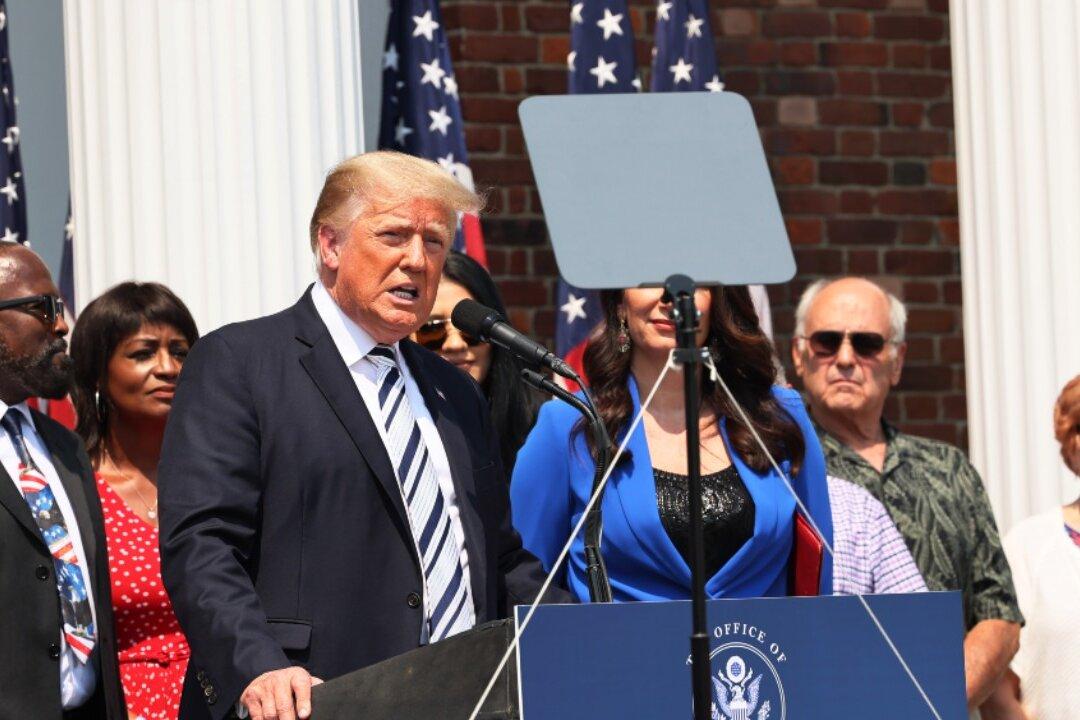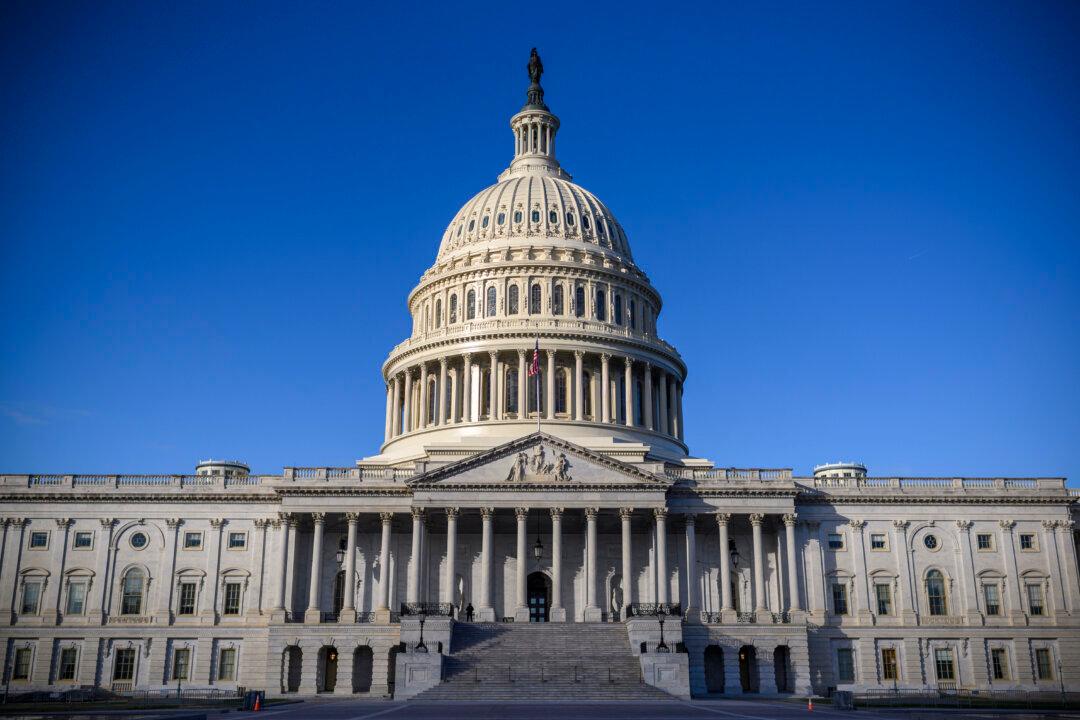The passing of a $2.3 trillion CCP virus relief and government spending bill on Dec. 28 triggered a 180 day countdown for the Pentagon’s UAP (Unidentified Aerial Phenomena) Task Force to release declassified information to the Senate Intelligence Committee about their current intelligence on advanced aerial threats from UFOs or “anomalous aerial vehicles.”
“The newly enacted Intelligence Authorization Act incorporates the Senate Intelligence Committee’s report language calling for an unclassified, all-source report on the UAP phenomenon," Christopher Mellon, former Deputy Assistant Secretary of Defense for Intelligence during both the Clinton and Bush administrations, said on Twitter. “This was accomplished in the Joint Explanatory Statement accompanying the bill.”




